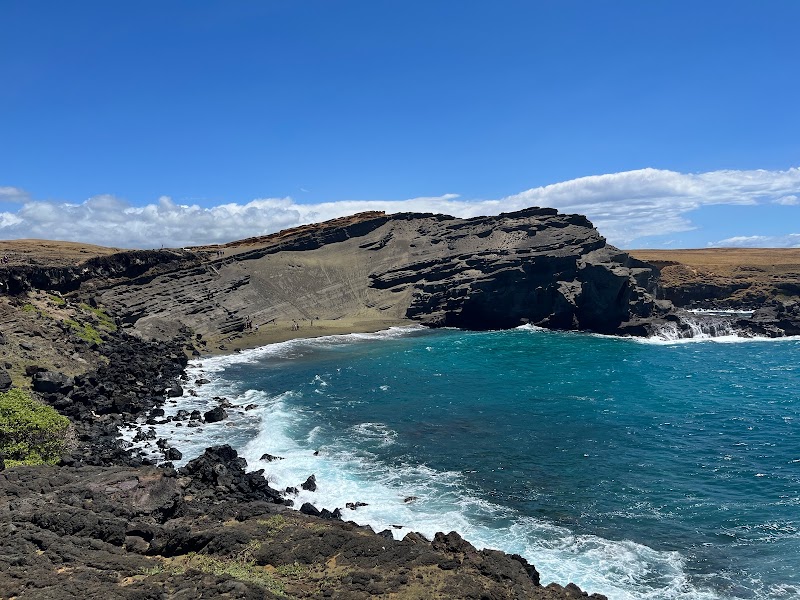Riding Khardung La Pass is more than a journey—it’s an encounter with Earth at its loftiest, a rugged challenge demanding respect and preparation. This guide delivers practical insights and vivid descriptions to help you plan and thrive on the world’s highest motorable road near Leh, Ladakh.
Acclimate Before the Ride
Spend 2-3 days in Leh to adjust to the altitude before attempting the pass to reduce the risk of altitude sickness.
Carry Extra Fuel
Fuel options are limited on the pass itself; fill up in Leh and carry an extra canister if possible to avoid getting stranded.
Dress in Layers
Temperatures vary rapidly with altitude and time of day, so wear moisture-wicking base layers and windproof outerwear to stay comfortable.
Watch the Weather Closely
Mountain weather can change suddenly; check forecasts daily and be prepared to postpone your ride if conditions worsen.
Riding the Roof of the World: Khardung La Pass Adventure, Leh, Ladakh
At an altitude of 5,359 meters (17,582 feet), the Khardung La Pass stakes its claim as the highest motorable road on Earth—a route that tempts adventurers and riders alike with raw mountain drama and high-altitude thrills. Located just 40 kilometers from Leh, this pass cuts through the rugged Ladakhi terrain, where barren slopes dare your engine to push forward and thin air challenges every breath.
The ride up Khardung La is a practical head-to-toe commitment as much as it is a journey across a dramatic landscape. The road, a mixture of gravel and asphalt, winds through steep switchbacks and abrupt ascents. Expect around 35 kilometers of intense climbing from Leh’s 3,500-meter elevation, with the terrain evolving from dry riverbeds that dare your tires into jagged mountain ridges that guard the horizon.
The atmosphere on the pass carries both thrill and caution. The air, stripped thin of oxygen, demands steady pacing and frequent hydration to stay ahead of altitude sickness. Helmets are non-negotiable for riders; layers of windproof and thermal gear are vital to combat temperature swings that whisper cold warnings as the summit approaches.
Timing your trip is equally crucial. Road conditions fluctuate with seasons, and the best window stretches from late May to September when snow recedes and maintenance crews tame the worst patches. Early mornings promise a clearer sky, perfect for eye-catching panoramas where cold light casts dramatic shadows on the Himalayan ridges.
A stop at the summit offers more than bragging rights. The landscape stretches endlessly, with jagged peaks piercing the sky and the Nubra Valley lies far below, whispering secrets of remote valleys. The air cracks with energy here—nature’s challenge in its fiercest form, demanding respect rather than conquest.
Plan your fuel stops carefully; options are sparse until you return to Leh. Local guides or riding groups often provide support and weather updates, wise counsel when the mountains shift moods without notice. Keep your phone charged but remember, signal patches are as unpredictable as the wind gusts.
For adventurers wanting to elevate their journey, a ride across the Khardung La is a masterclass in high-altitude resilience combined with unmatched Himalayan drama. It’s not just about reaching the peak—it’s about navigating the forces of nature that command the pass, flourishing in the face of altitude’s thin grasp, and emerging with stories carved from the world’s roof.
Nearby Trips
All Adventures
Boat Charters
Water Activities
Adventures near Leh
Discover the unique and memorable adventures that make Leh special.
Frequently Asked Questions
Is Khardung La really the highest motorable road in the world?
While Khardung La is popularly known as the highest motorable pass at 5,359m, some newer roads claim higher elevations, but Khardung La remains one of the highest and most accessible for motor vehicles.
What are the risks of riding Khardung La Pass?
Risks include altitude sickness, sudden weather changes, steep and uneven roads, limited fuel availability, and traffic congestion during peak months.
Do I need a permit to ride Khardung La?
Indian nationals need an Inner Line Permit obtained at Leh, while foreign tourists require a Protected Area Permit. Both are reasonably easy to acquire from local authorities.
Can I drive a car or is a motorcycle better?
Both cars and motorcycles are suitable, but motorcycles offer more maneuverability on narrow, rough patches. Ensure your vehicle is well-maintained and suited for high-altitude conditions.
How do I avoid altitude sickness on this ride?
Acclimate in Leh for 2-3 days, stay hydrated, ascend slowly, avoid alcohol, and recognize symptoms early. Carry medication if prescribed by a doctor.
When is the road typically closed due to weather?
Roads are usually closed from late October to late April due to heavy snowfall and avalanche risk. Always check current road status before planning your trip.
Recommended Gear
Full-face Helmet
Offers necessary protection and shields your face from biting cold winds at high altitude.
Thermal and Windproof Clothing
Layered clothing ensures warmth without overheating during rapid weather changes.
Hydration Pack
Staying hydrated is crucial to combat the effects of thin air and physical exertion.
Tire Repair Kit
The rough terrain makes flat tires common; a repair kit can save your day on remote stretches.
Local Insights
Hidden Gems
- "Viewpoint near North Pullu offers quieter panoramas away from summit crowds."
- "Small Buddhist gompas along the route where you can witness local prayer rituals."
Wildlife
- "Keep an eye out for blue sheep and Himalayan marmots, which dart across rocky ledges."
- "Rare sightings of the elusive snow leopard occur, especially in early mornings."
History
"Khardung La was a key trade route connecting Leh with Central Asia and historically vital for caravan movement between Ladakh and Kashgar."

